Steam telepítése
belépés
|
nyelv
简体中文 (egyszerűsített kínai)
繁體中文 (hagyományos kínai)
日本語 (japán)
한국어 (koreai)
ไทย (thai)
Български (bolgár)
Čeština (cseh)
Dansk (dán)
Deutsch (német)
English (angol)
Español - España (spanyolországi spanyol)
Español - Latinoamérica (latin-amerikai spanyol)
Ελληνικά (görög)
Français (francia)
Italiano (olasz)
Bahasa Indonesia (indonéz)
Nederlands (holland)
Norsk (norvég)
Polski (lengyel)
Português (portugáliai portugál)
Português - Brasil (brazíliai portugál)
Română (román)
Русский (orosz)
Suomi (finn)
Svenska (svéd)
Türkçe (török)
Tiếng Việt (vietnámi)
Українська (ukrán)
Fordítási probléma jelentése


 Chita, Chita, Russian Federation
Chita, Chita, Russian Federation 








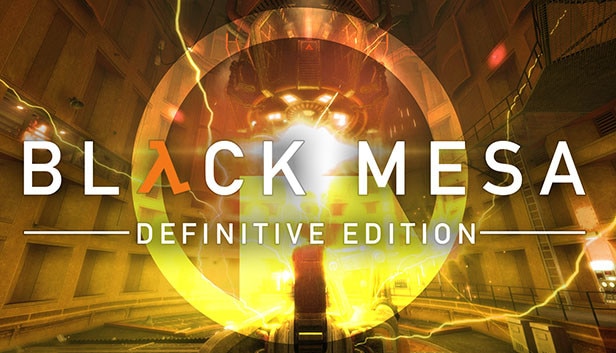
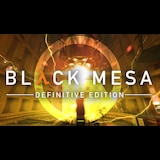
 1 értékelés
1 értékelés 
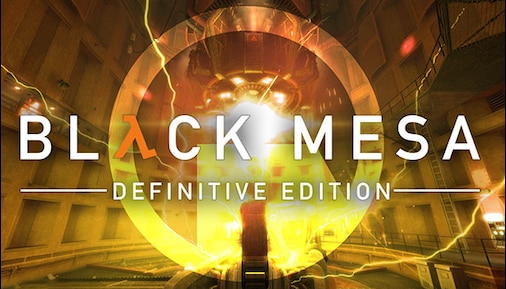

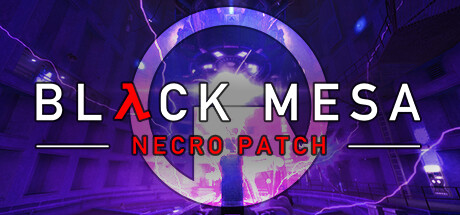


















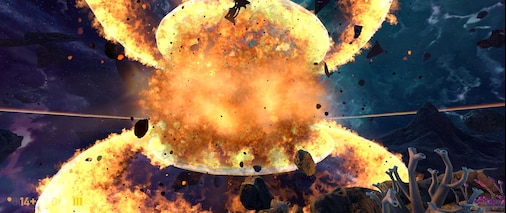









































⠀⠀⢸⣦⣽⣿⣿⠻⡄⠙⠿⠷⣶⣄⣠⣤⡄⢀⠀⠈⠃⢻⣿⠟⡁
⠀⢠⣯⡽⠟⠛⡟⢷⣿⣦⠀⠀⠎⣿⢿⣿⣿⡇⠙⣧⠠⠾⠁⠀
⢀⣾⣿⣇⠀⣤⣿⣿⣿⣷⣇⢀⣀⣾⣿⣿⣿⣿⣄⣀⢀⡘⢿⣇⡀
⢸⣿⣿⣿⣿⣿⣿⣿⣿⣿⣿⣿⣿⣿⣿⣿⣿⣿⣿⣿⣿⣿⣾⣿⡿⠆
⣼⠿⠟⠛⠛⠛⠿⠿⠿⢿⣿⣿⣿⣿⣿⣿⣿⣿⣿⣿⠿⠛⣉⣤⣴⣶⣿⣿⣿
⣄⢸⣿⣿⣿⣿⣿⣶⣶⣦⣤⣬⣉⠛⠛⠛⠛⠋⠉⢡⣶⣿⣿⣿⣿⣿⣿⣿
⣿⣄⠻⣿⣿⣿⣿⣿⣿⣿⣿⣿⣿⡇⠀⠀⠀⠀⠀⢿⣿⣿⣿⣿⣿⣿⠟⠁
⣿⣿⣦⡈⠙⠿⣿⣿⣿⣿⣿⣿⣿⠇⢀⣴⣿⣷⣄⠘⠿⠿⠿⠟⣛⣥⡄
⢻⣿⣿⣿⣷⣶⣶⣤⣍⣉⣉⣉⣥⣶⣿⣿⢿⡿⢻⣿⣶⣶⣶⣿⣿⡿⠁
⠈⣿⣿⣿⣿⣿⣿⣿⣿⣿⣿⣿⣿⣿⣿⣿⣧⣶⣿⣿⣿⣿⣿⣿⣿⣿⡄
⠀⢸⣿⣿⣿⣿⣿⣿⣿⣿⣿⣿⣿⣿⡿⣿⢿⣿⣿⣿⣿⡿⠛⣫⣾⣿⣿⣆